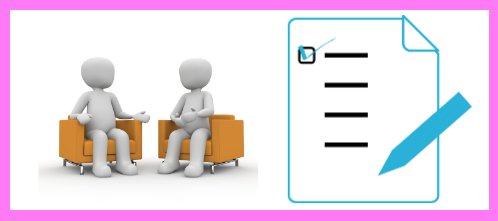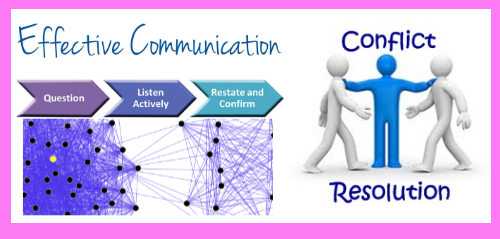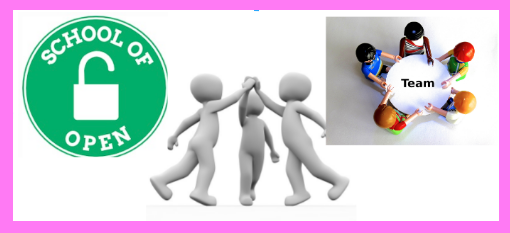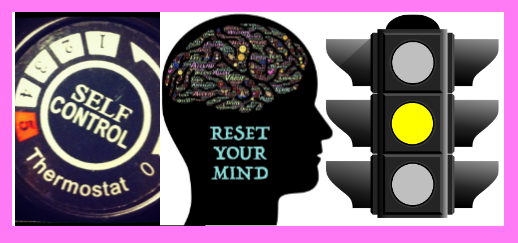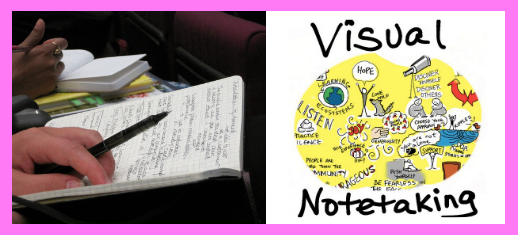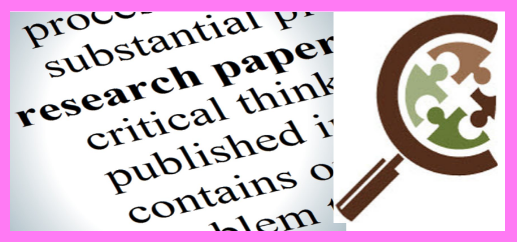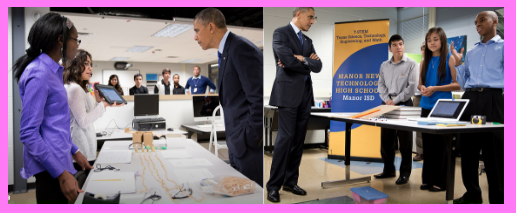Emotion Self-Control Competency:
- The ability to manage impulse and/or distressing feelings
- The ability to stay calm and think clearly in stressful situations
Why is this so important:
- People with high levels of restraint often tend to be more motivated, better leaders, more coachable
- High stress environments are common and can hijack higher thinking functions (see below)
- Stress can reduce leader’s access to full EQ and IQ potential
- Emotional distress is contagious – can hijack a team’s higher functioning. Leader’s emotions are the most contagious.
- Amygdala hijack:
- Amygdala is the part of the brain that regulates the fight, flight, or freeze response
- Amygdala can flood the brain with stress hormones before prefrontal cortex (PFC) can restrain this
- PFC regulates executive functioning (understanding, deciding, recalling, memorizing, controlling emotions)
- Amygdala (15 ms) is faster than PFC (100 ms) so we feel before we think!
- PFC has limited processing power – can only handle a limited number of thoughts and function well
- Evolutionary tick – amygdala reacts before rational brain has time to mull things over
- Amygdala triggers include: strongs emotions (joy, anger, anxiety) and feelings of betrayal
- Amygdala & PFC have a zero sum relationship – when one is strong, the other is weak
- Hope! – The amygdala response is temporary.
8 Strategies for Emotional Self Control:
- Practice self awareness:
- Being self aware can help build self motivation and ability to inspire others.
- Awareness equals responsibility.
- Being aware helps one respond rather than react.
- Be aware of: strengths, weaknesses, moods, varying feelings, behavior, patterns, your story
- Evaluate your predictability – higher predictability builds trust with team mates
- Self awareness can help one self regulate and become more predictable.
- Tips to build self awareness:
- Self and peer assess oneself on 3 areas:
- Competency – job skills are technically sound
- Predictability – consistency of actions
- Dependability – can be counted to come through in crunch time
- Compare self and peer assessments and seek out similarities & differences
- What areas need most improvement?
- Possible next steps to improve?
- Affect labeling:
- Labeling feelings helps reduce their intensity and returns function to PFC.
- Labeling feelings can help one accept and normalize feelings.
- Tips:
- Label feeling, normalize it and nurture a new direction or action.
- In AA, You have to name it to tame it.
- Name emotions several times a day.
- Develop vocabulary to describe nuances in feelings.
- Identify patterns in common experienced feelings.
- Identify gaps in experiences feelings – rare feelings.
- The Emotional Audit:
- Ask yourself emotional audit questions – wait 5 seconds to get an answer to each questions:
- What am I thinking?
- accesses basal ganglia which integrates movement, feelings, thoughts
- What am I feeling?
- accesses basal ganglia – see above
- What do I want now?
- accesses cerebellum – tied to PFC, carries out executive function
- How am I getting my own way?
- accesses PFC – learns from mistakes
- What do I need to do differently now?
- accesses PFC – boss of executive functions (planning, goal setting, insight)
- accesses cingulate gyrus – brain’s gear shifter – moves between & selects ideas
- Goal = downplay amygdala and light up rational parts of brain
- Other tips:
- Recall a hijack moment and answer 5 questions for that time to learn more about what was happening
- Do audit 4 times a day and try to identify patterns
- Putting on the brakes:
- Ventrolateral prefrontal cortex (VLPFC) – part of PFC that helps with focusing and eliminating distractions
- VLPFC uses a lot of brain energy – why stopping urges is so difficult
- Ability to put on brakes reduces with each application (eating up brain brake pads) – self control is a limited resource
- Window of opportunity for exercising self control over an impulse is short
- Each time we redirect an action, the new pathway gets stronger
- Mindfulness can help increase our choices
- Reflection exercises:
- What actions help you self regulate the best?
- Watch how others manage their emotions
- What are your cues that you’re getting overwhelmed?
- What activities help you drain emotional intensity?
- What activities recharge you?
- Mindfulness
- Paying attention to the present moment without being swept away by judgments
- Brain hygiene
- Builds awareness of brain’s perceptions and intentions
- Promotes health, resilience, flexibility, calmness, focus
- Builds neuroplasticity – ability to grow new neural connections
- Applications:
- Spend 5 minutes focusing on the sensations of breathing – also awareness of body’s feelings of the environments
- How did you feel after exercise?
- How did attention and energy vary?
- Any patterns emerge?
- What can you do to make this a more daily practice?
- Shuttling Exercise: Internal & External Awareness
- Exercise for building mindfulness
- Exercise: Spend some time, narrating what you are aware of outside and inside alternately
- Reflection questions:
- Which focus is easier – inside or outside?
- Do you feel more grounded after exercise?
- Do you feel any energy shifts?
- Any common themes in what you noticed?
- Was it hard to accept your results?
- What do you need to do to be kinder about your process and results?
- Identifying Triggers
- Trigger = things that make you upset, frustrated, impatient
- Reflection questions:
- What are your top triggers?
- What are your most frequent triggers?
- Most intense?
- Less patience for?
- Most draining?
- Reappraisal
- Giving an experience a new different, and more constructive meaning
- Questioning process lights up executive functions
- Reappraisal questions:
- What can I learn from this?
- How can I turn this into a meaningful experience?
- What would I tell someone else to do in this situation?
- Is what I’m telling myself really true?
- What evidence is there to support my interpretations of the event?
- What are 2-3 other interpretations?
- What is the best thing for me to do right now?
- Reflection questions:
- Which reappraisal questions work best?
- What patterns emerge in emotions?
- Most common emotion?
- Do your interpretations of situations get better over time?
Developing an Action Plan:
- Which practices do you already do that you want to continue?
- What new practice do you want to incorporate?
- What resources do you need to make this happen?
- Who can support you and hold you accountable?
- What are your immediate next steps?
Emotional control is about using strategies to pool brain resources towards higher reasoning regions during times of high stress. During stressful times, the amygdala response (flight or fight) can hijack executive functions (reasoning, planning, goal setting, EQ, IQ, etc). Learning how to be aware and create a delay for executive functions to overcome the temporary amygdala response can help teachers and students make better decisions during stressful classroom situations.
Preparation Steps
- Learn more about the brain – develop a visual that labels the amygdala, the prefrontal cortex, the basal ganglia, the Ventrolateral prefrontal cortex, cerebellum, cingulate gyrus. Could create this in Thinglink to add interactive labels that describe functions for each region and strategies / situations that activate each region. (Note: If you get to this before me or find this online somewhere, please share)
- Try out exercises & strategies above and note how they feel, what’s learned, and how to model the strategies
- Develop scaffolding materials (visuals, instructions, handouts, etc) for activities that you think will translate well with your students
Early Implementation Steps
- Teach students about amygdala hijack and ways to counteract it – have them tell stories of being overwhelmed by and of overcoming the amygdala hijack – how did these experiences feel? what were the consequences / effects of these responses?
- Implement more than 1 strategy above as part of agency or collaboration scaffolding
- Have students reflect on exercises (see prompts above for starters) and communicate what they’re learning about themselves in terms of current and potential abilities
Advanced Implementation Steps
- Have students evaluate different exercises and identify which strategies can yield the best results for them and why
- Have students brainstorm which exercises they can incorporate into daily practice and what they could gain from these new practices
- Incorporate strategies (or related practices) into daily life if you find them helpful


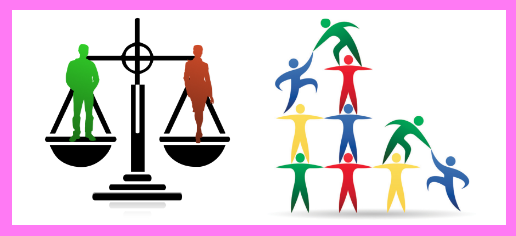


 .
.

